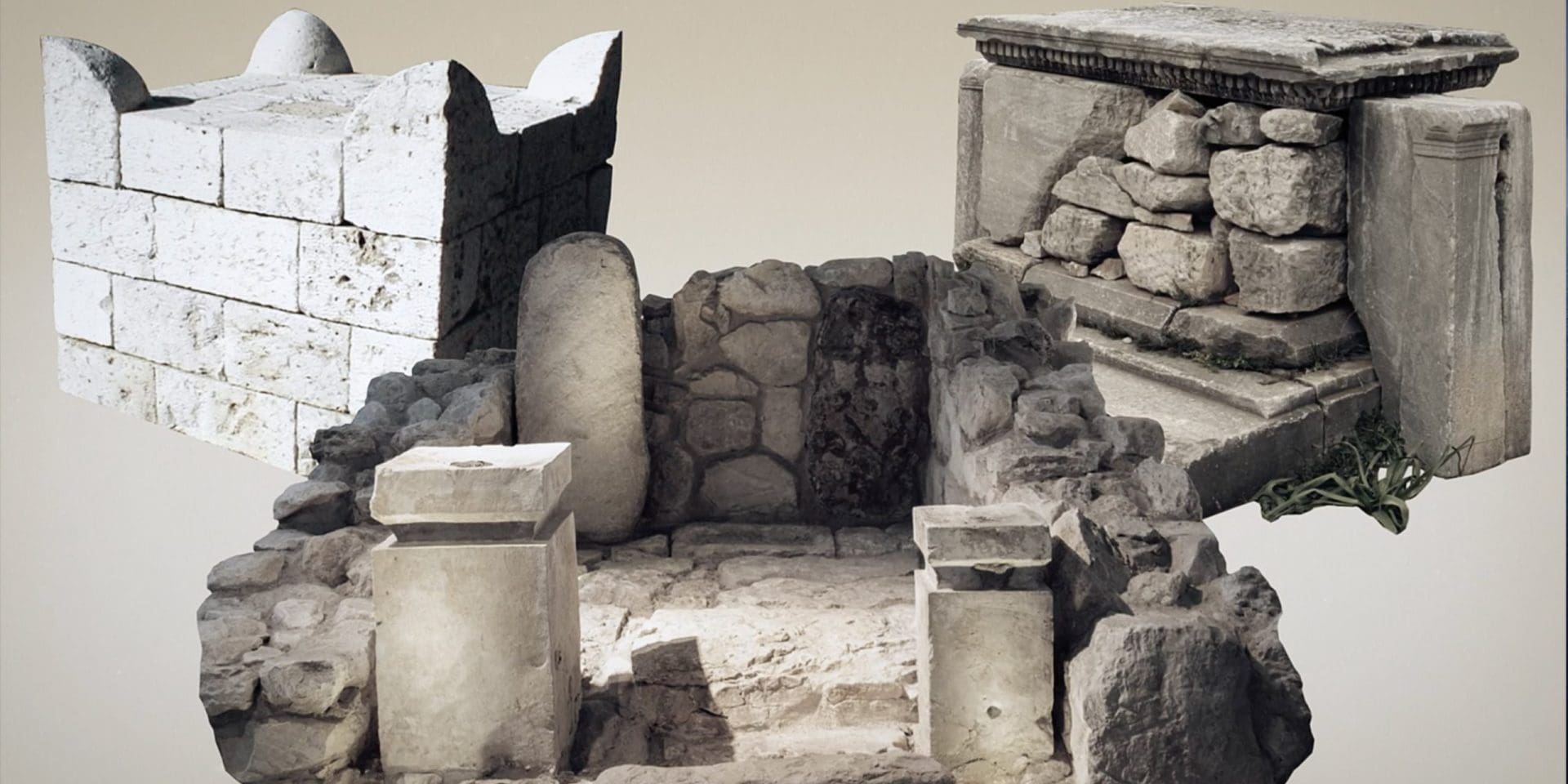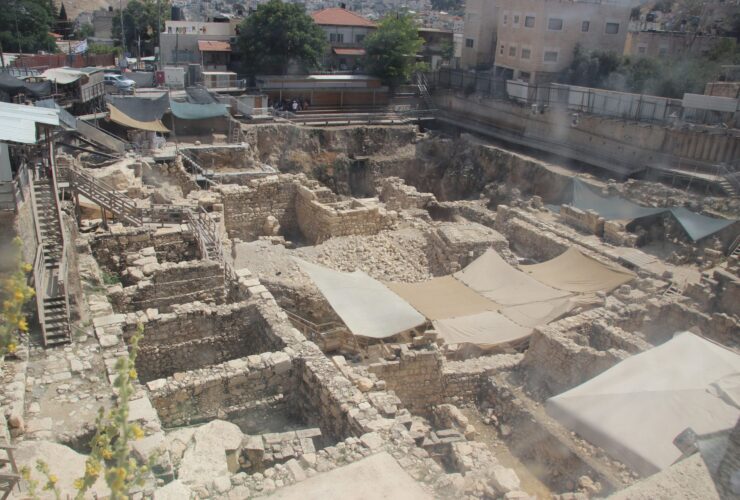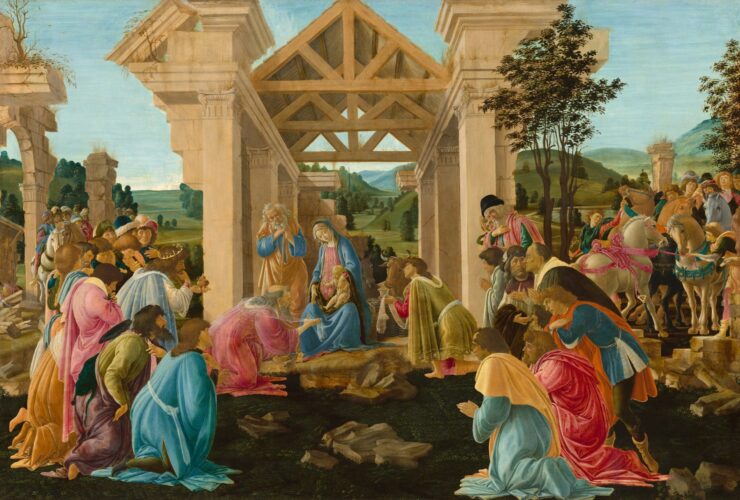How should we understand high places in the Bible? Sometimes accepted, sometimes outlawed, which is it? Were high places acceptable places of worship to the God of the Bible, or not? First, what were high places? From the Bible and archaeological investigation, it’s known that high places were set-apart for religious practices, they contained an altar for sacrifices. Though perhaps originally built on hilltops there was diversity in their location likely due to convenience or cultural significance. They could be built on hills and hill sides (2 Kg. 16:4; 7:9-10), in towns (1 Kg. 13:32; 2 Kg. 17:29; 23:5), in city gate complexes (2 Kg. 23:8), and even in ravines and valleys (Ezra 6:3; Jer. 7:31; 32:35).[1] Many, if not most high places probably included other structures like out buildings and walls. The Bible speaks of them being built and being destroyed (1 Sam 9:22; 1 Kg. 3:5; 12:31; 2 Kg. 17:32; 23:29).
Before the giving of the Mosaic Law, we see the patriarchs of Israel, Abraham, Isaac, and Jacob, building open air altars, close to major cities, sometimes including known cult or religious objects such as standing stones (massebah) (Gen. 35:14), and sacred trees (Gen. 12:6-7; 13:18).[2] Then, with the birth of Israel as a nation and the giving of the Mosaic Law this practice of building altars and worshipping at high places, particularly in the Promised Land was outlawed. Deuteronomy 12:2-6 (NIV) says:
“Destroy completely all the places on the high mountains, on the hills and under every spreading tree, where the nations you are dispossessing worship their gods. Break down their altars, smash their sacred stones and burn their Asherah poles in the fire; cut down the idols of their gods and wipe out their names from those places. You must not worship the LORD your God in their way. But you are to seek the place the LORD your God will choose from among all your tribes to put his Name there for his dwelling. To that place you must go; there bring your burnt offerings and sacrifices, your tithes and special gifts, what you have vowed to give and your freewill offerings, and the firstborn of your herds and flocks.”
The reason for this destruction of the Canaanite high places are given: The people have been offering detestable things, like human child sacrifices, their altars are defiled, their practices corrupt (Deut. 12:31). Israel’s worship was to be different than Canaanite worship, and be eventually limited to a place that God would chose to put his Name.
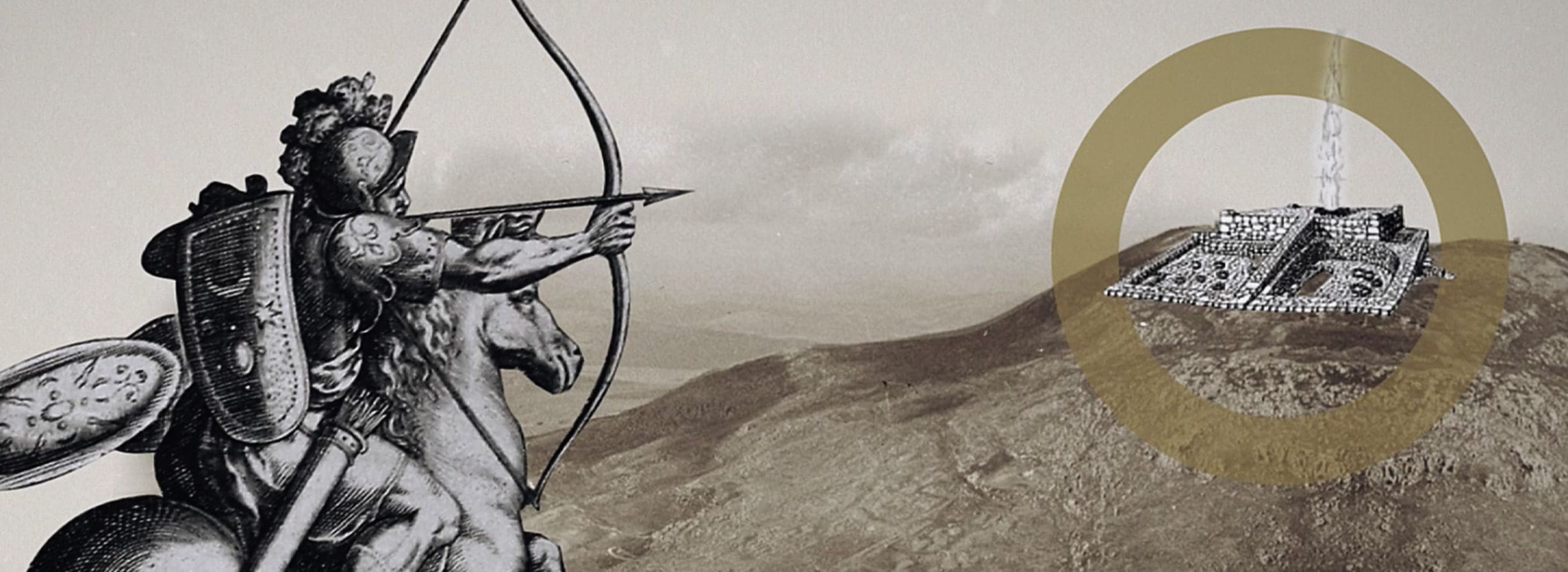
During the conquest of the promised land, before a place for God’s name is chosen, which presumably means a place to put the Sanctuary where His presence met with Israel, Joshua built a high place on Mt. Ebal to conduct a covenant renewal ceremony. At some point during Joshua’s life, the permanent sanctuary site was chosen, Shiloh. The Tabernacle Sanctuary pitched there, and from recent archaeological work and Biblical cues, permanent religious structures were built up around it.
The next period, that of the judges was a time of ever-growing religious apostasy, when not even the appointed judges of Israel always led the people back to God. By the end of the book, we see the descendants of Moses ministering before idols (Judges 18), and the tribes of Israel as largely descended into moral and spiritual chaos (Judges 19-21).
The lifetime of the last judge, the prophet, and priest Samuel saw much change in Israel. Not the least of which was the destruction of the sanctuary precinct in Shiloh, though it seems the Tent Tabernacle, altar, and Ark of the Covenant were able to escape the destruction, as they are seen later in the Bible (1 Sam. 21; 1 Chron 21:29; 2 Chron. 1:3-5). Samuel was undeniably a man of God, tasked by God as a prophet, and the anointer of the first two kings of Israel. Yet he was a habitual user of the high places of Israel. He routinely sacrificed on them and presided over sacrifices on them (1 Sam 9).
After the Temple of Solomon was built in Jerusalem, it’s established in the Bible that this becomes the new Place of God’s Name (1 Kg. 9:3), which according to the Mosaic Law (Deut. 12) was the only legitimate place to offer certain offerings to God. The authors of Kings and Chronicles then begin to retrospectively judge the kings of Jerusalem based on whether they attempted to remove the high places. They were evil if they built more, good if they left them alone while serving God, and very good if they attempted to remove them while serving God (see 1 Kg. 15:14; 22:43; 2 Kg. 12:3; 14:4; 15:4; 18:4-5, etc.). So then, culturally, though there was a Temple, a place of God’s name, the people generally continued to use the high places.
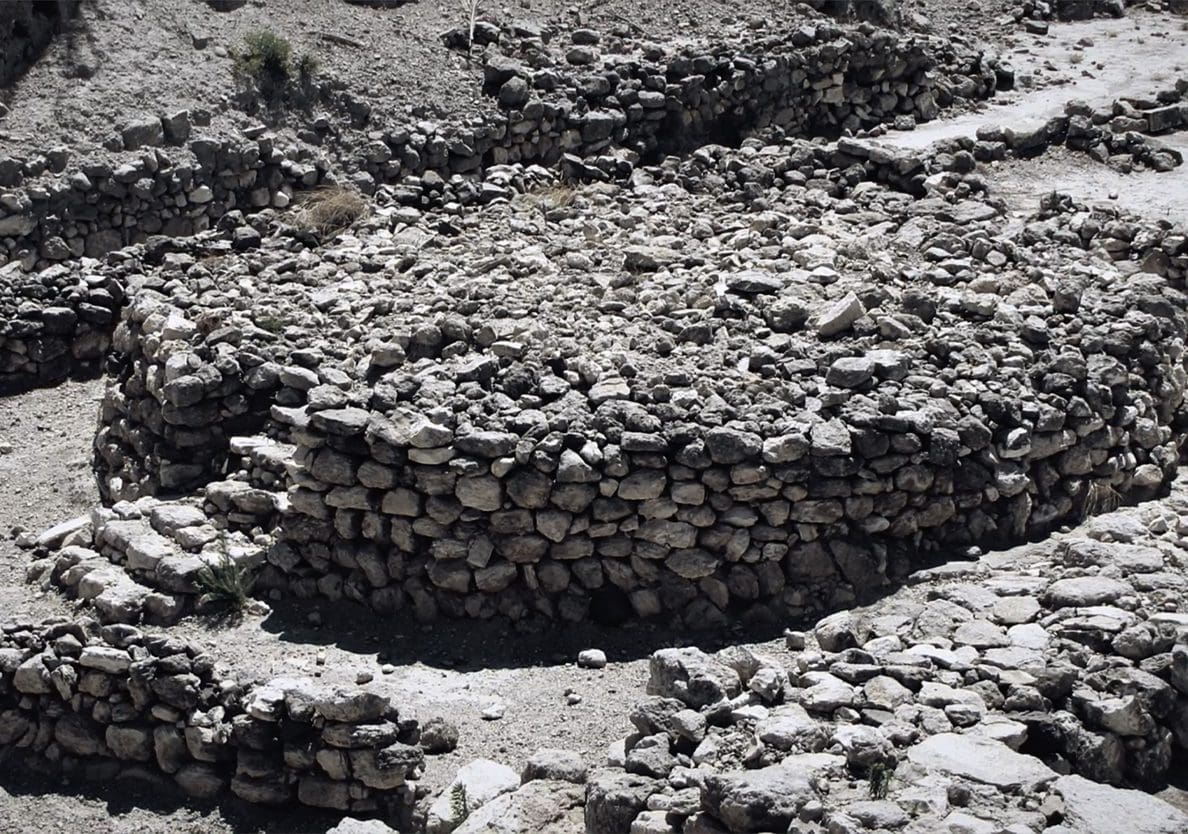
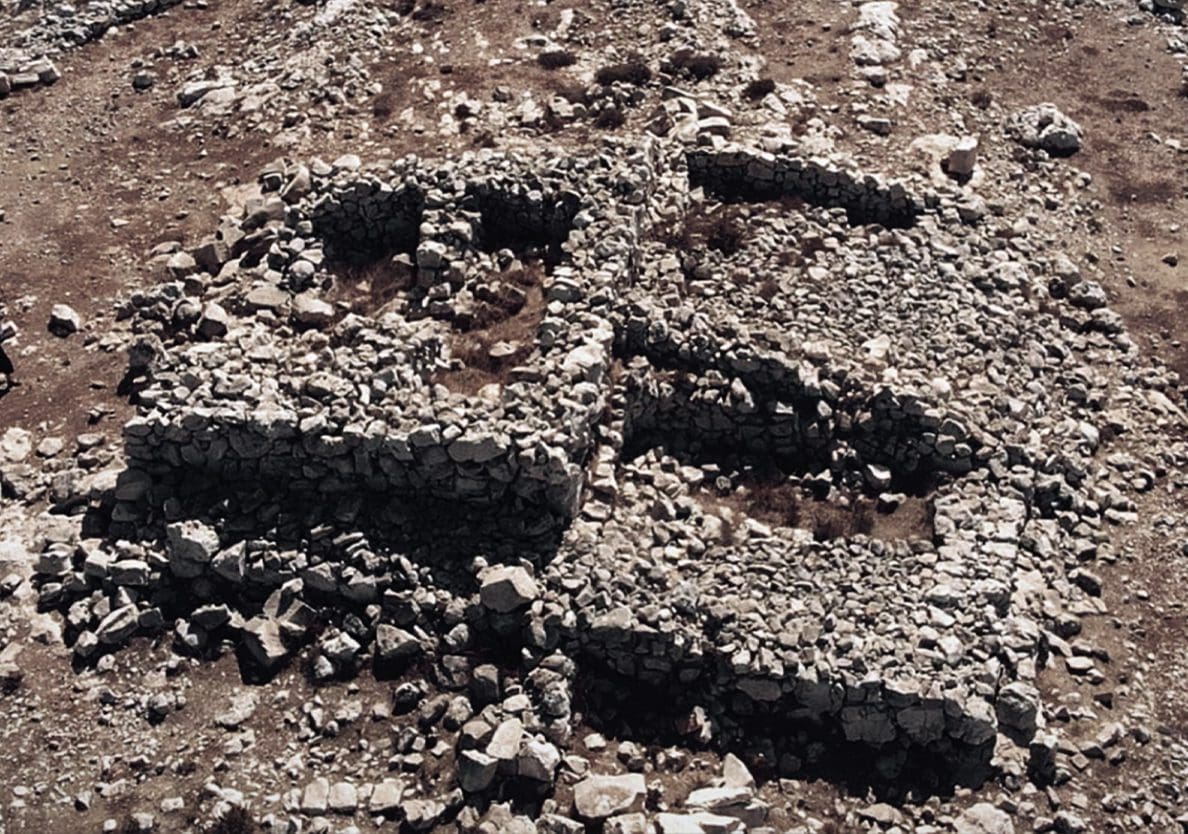
What we see in the history of the Bible, demonstrates that Israelite high places were seen as acceptable to God under the conditions that the practices conformed to the worship of God versus the worship of other gods, and that they were being used in a time before an official “Place of the Name” had been chosen. This would explain why in Samuel’s lifetime the high places were not criticized. Shiloh the “place God had chosen to put his Name” (Jer. 7:12), had been destroyed because of Israel’s apostasy, and apparently a new place had not been chosen.
Beyond this, Deuteronomy 12 also provides exceptions to the rule of sacrificing only at the official Sanctuary or Temple. Animals were allowed to be slaughtered for consumption at any village, town, or city, only their blood was to be poured onto the ground. This provision allowed for practical meat consumption and celebration without the burden to travel to the official sanctuary. However, burnt offerings, tithes, and certain sacrifices were to be offered only at the place of God’s choosing.
Centralizing the worship of the nation, seems to go hand in hand with centralizing the government of the nation. It is not surprising that King David wanted to build a Temple for God in his new capital city. Organizing a society necessarily involves considering their religious expression, especially as a potentially unifying force. This benefit likely did not go unnoticed by the religious reformer King Hezekiah, who knew that his nation was up against the conquering empire of Assyria.

Corie Bobechko is a daily co-host, speaker, and writer of Bible Discovery. She also hosts a YouTube channel that shows how history and archaeology prove the Bible. Her heart for seekers and skeptics has led her to seek truth and share it with others. Corie also has a Bachelor of Theology from Canada Christian College.
[1] White, Ellen. “High Places, Altars and the Bamah” Bible History Daily, BAS (2020).
[2] Mazar, Amihai. “Bronze Bull Found in Israelite ‘High Place’ from the Time of the Judges,” Biblical Archaeology Review 9.5 (1983): 34–40.
• Nakhai, Beth Alpert. “What’s a Bamah? How Sacred Space Functioned in Ancient Israel,” Biblical Archaeology Review 20.3 (1994): 19–25, 27, 29.
• Sharp, Casey. “Archaeological Views: Alternate Altars,” Biblical Archaeology Review 41.6 (2015): 28, 78.
• Elitzur, Yoel, and Doron Nir-Zevi. “Four-Horned Altar Discovered in Judean Hills,” Biblical Archaeology Review30.3 (2004): 35–39.
• Iwry, Samuel. Maṣṣēbāh and Bāmāh in 1Q IsaiahA 6:13. Journal of Biblical Literature. Vol. 76, No. 3 (Sep., 1957), pp. 225-232
• Fried, Lisbeth S. The High Places (Bāmôt) and the Reforms of Hezekiah and Josiah: An Archaeological Investigation. Journal of the American Oriental Society. Vol. 122, No. 3 (Jul. – Sep., 2002), pp. 437-465



